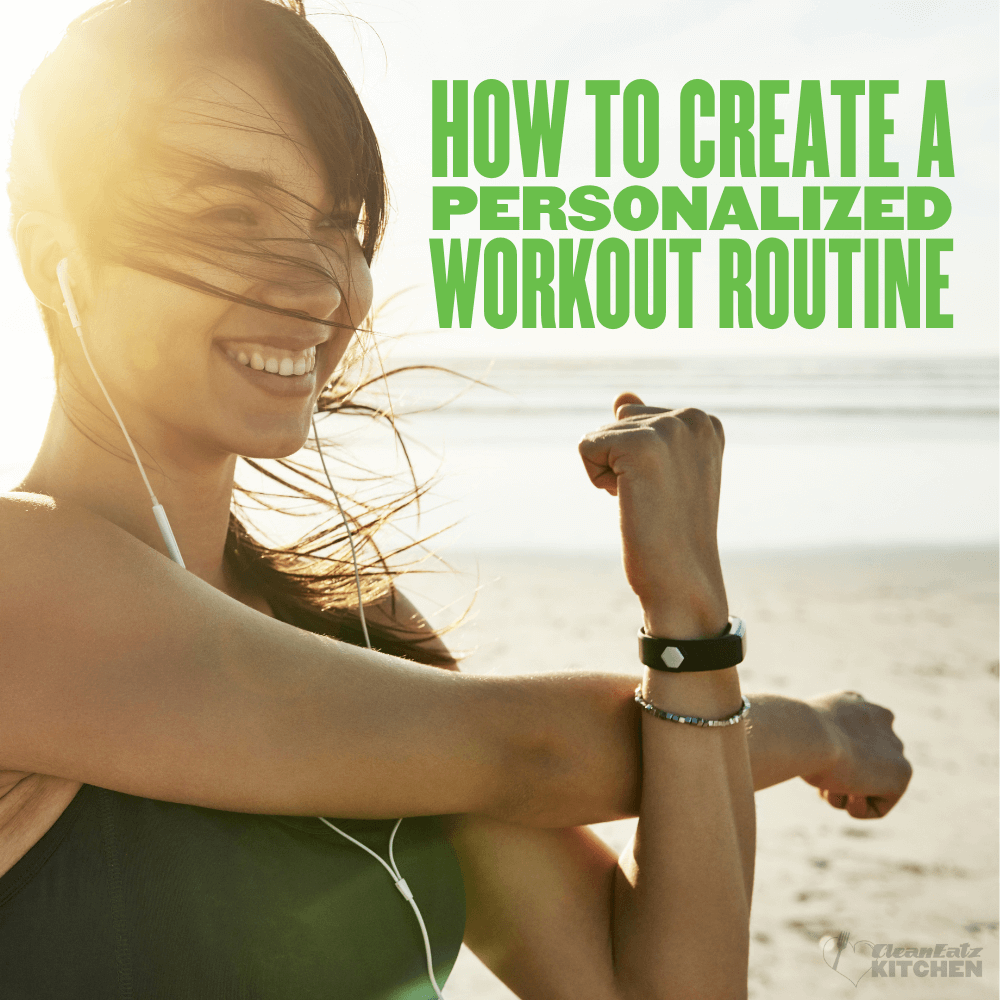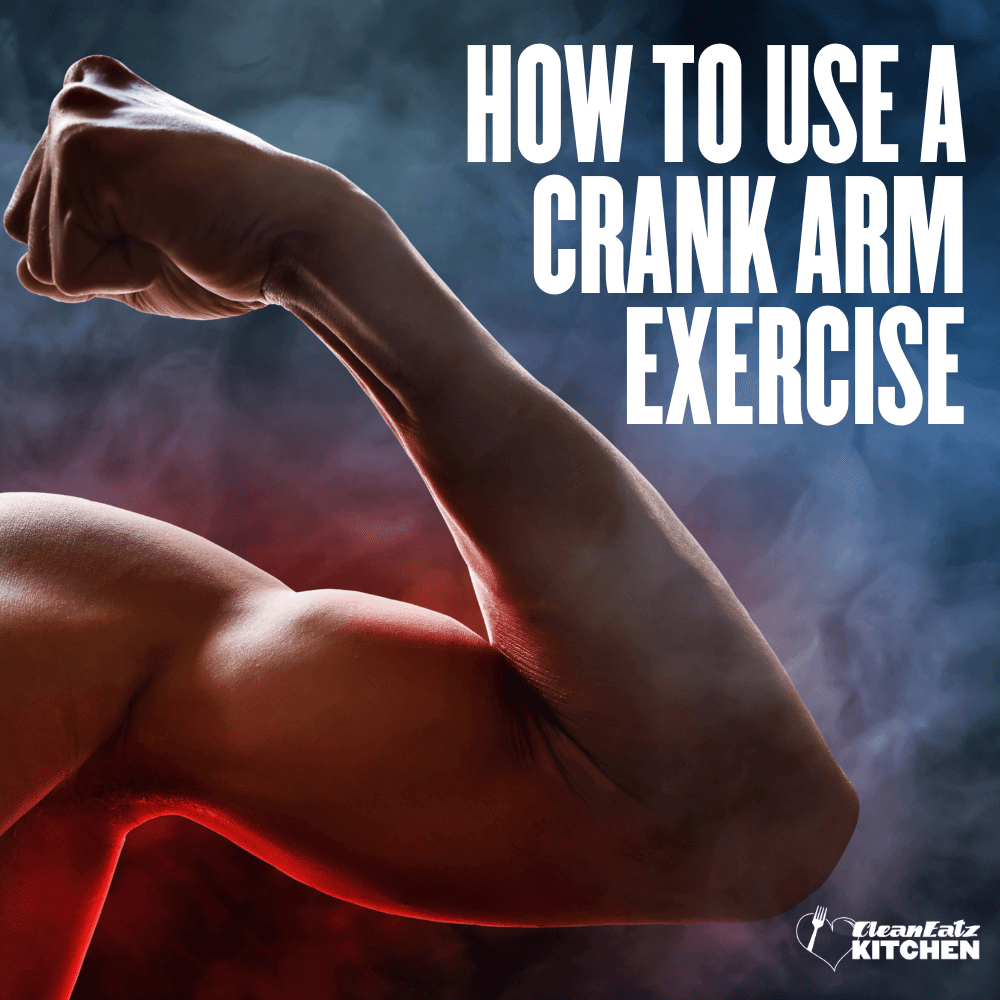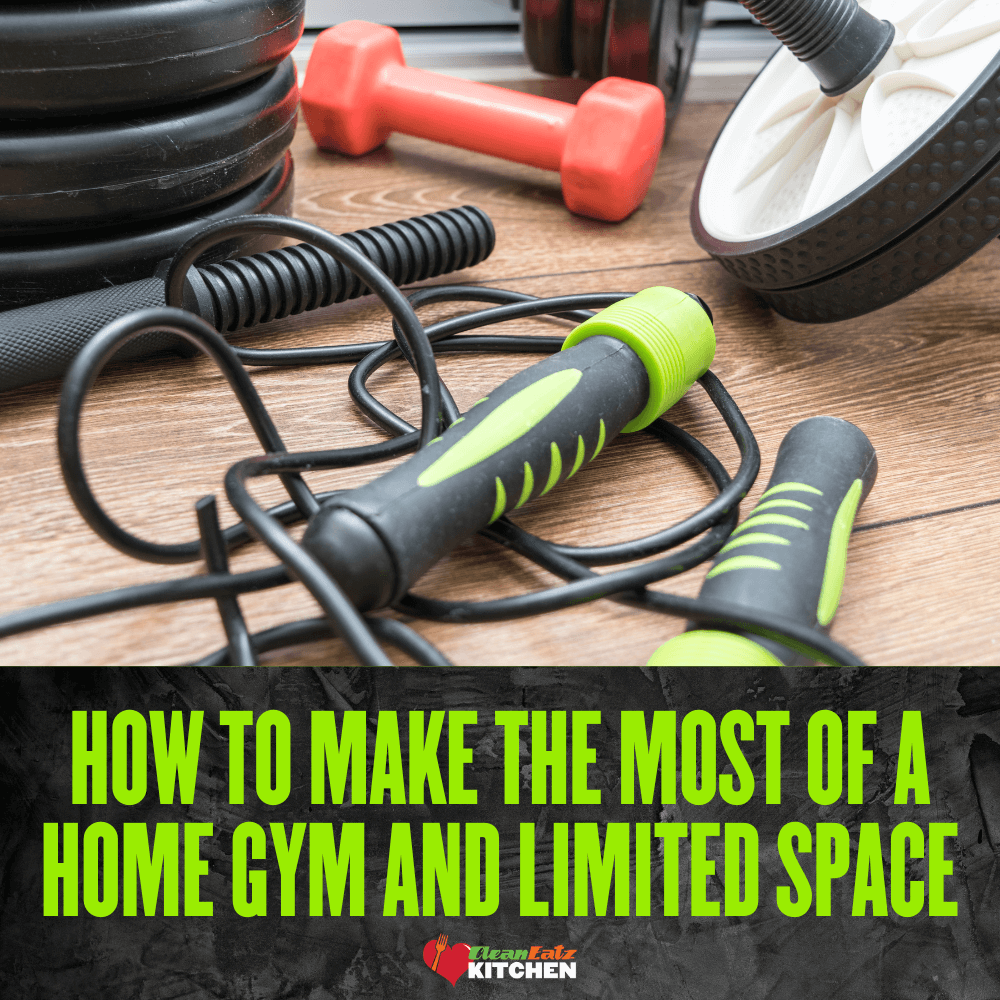
How To Create a Personalized Workout Routine
Jason Nista
Exercises & Fitness
9 minute read
If you’re just entering the world of exercise, then you must’ve noticed that gyms can be really intimidating. There are all of those machines, people working out, and the smell of sweat in the air. It's hard to know where to start, especially if you're new to working out. But don't worry because we're here to help.
In this guide, we'll discuss the basics of creating a personalized workout routine. We'll start with the basics: figuring out your goals and what type of exercise is best for you. From there, we'll give you tips on how to create a routine that fits your needs and lifestyle. Let's get started!
Why Should You Start Exercising?
Before you start to learn how to exercise, it’s essential for you to understand what it can do for you. You must’ve already heard multiple times that regular exercise can prove to be beneficial for your mental and physical health; however, we’re here to discuss details.
First and foremost, it helps you maintain a healthy body weight that prevents you from being at risk of chronic diseases, which come as a result of uncontrolled obesity. Moreover, certain physical activities involved in exercising can also lower your cholesterol levels and aid in lowering the risk of heart attack or stroke.
Moving onto its effect on mental health, studies have shown that regular exercise can significantly improve your mood and help cure certain mental disorders, including depression, anxiety, and more!
All in all, it’s safe to say that regular exercise can certainly boost your quality of life and make your days much more energetic, ecstatic, and productive.
Assess Your Fitness Goals
The first step in creating a personalized workout routine is to assess your fitness goals. Why are you working out? What do you hope to achieve?
Maybe you're looking to tone up and lose weight. Perhaps you're an endurance athlete who wants to increase speed and stamina. Or maybe you're just starting out and want to build a basic foundation of strength and fitness.
Whatever your goals, it's important to be clear about them and what you're willing to put in to achieve them.
Learn Proper Form
The second step is learning the proper form. This is important because you don't want to hurt yourself, while also ensuring that you get the most out of your workout.
There are plenty of resources online that can help you understand the ideal way to perform any exercise. Or, if you're working with a personal trainer, they can help you out with this as well.
Once you have the proper form down, it's time to start adding some weight. Again, start small and work your way up. If you've never lifted weights before, then you’re recommended to go to a gym so that you have access to a variety of machines and free weights.
Identify What You Enjoy
The easiest way to create a workout routine that you'll stick to is to focus on the activities you enjoy. After all, if you don't enjoy your workout, you're more likely to find an excuse not to do it.
So take some time to think about the types of workouts you enjoy. Are you a fan of high-intensity interval training (HIIT)? Do you prefer Pilates or yoga? Maybe you love going for long walks or bike rides outdoors.
Once you know which activities make you happy, start incorporating them into your routine. If you love HIIT, for example, try adding a few high-intensity intervals into your next run. Or, if yoga is your thing, try attending a few classes at a studio near you.
Prioritize Rest and Recovery
No matter who you are, rest and recovery should always be part of your customized workout routine. It’s absolutely crucial, especially if you’re pushing yourself beyond typical limits and training regularly. After all, the purpose of training is to adapt and progress, and that cannot happen if your body doesn't have sufficient time to recover.
So make sure to tailor rest days into your routine. This could mean having one full day off a week or adding in a few minutes at the end or beginning of each workout just for stretching or meditation. This could also mean taking greater breaks between vigorous sets of exercises. If you're going hard with an intense cardio session, it’s even more important to allot some extra time for stretching and breathing afterward so you can normalize your system and get ready for the next session!
How Exercise If You’re Experiencing Joint and Muscle Pain
It’s important to listen to your body when it calls for rest. If something feels too strenuous or painful, back off and try again later. But believe it or not, exercise is one of the best things you can do if you’re having joint and muscle pain, no matter how it was caused. Exercising helps to improve your mood, strengthens your muscles, and can help to decrease your pain levels.
But how can you exercise when you're in pain? Here are a few tips:
-
Start slowly and gradually increase the intensity and duration of your workouts over time.
-
Choose exercises that are low-impact and don't put too much stress on your joints, such as swimming, biking, or walking.az
-
If a certain move hurts, stop doing it. There's no need to push yourself if it's only going to make your pain worse.
-
Focus on exercises that stretch and strengthen your muscles. This will help to support your joints and reduce your pain levels.
Tips for Finding the Right Exercise for Your Level of Discomfort
Are you looking for ways to work out your pain? Here are some top tips on finding the right type of exercise, so you can still stay active without overburdening your body.
-
Find the right intensity for you. That means staying within the limits of what is comfortable and challenging without causing too much pain. Start with low-impact exercises like walking or yoga that can still be quite effective while also being gentle on your body.
-
Focus on building a repertoire of exercises that are safe to do while in pain. Think of exercises that target multiple muscles at once, as these tend to be easier on the joints than isometric exercises. Also consider using equipment such as resistance bands, which can provide extra support when doing certain exercises.
-
If it's too painful to do any type of physical activity, try some breathing and relaxation techniques such as meditation or guided imagery to help reduce discomfort and promote healing from within.
Tricks to Make Exercise Comfortable When Dealing with Pain
If you’re dealing with pain while exercising, there are a few things you can do to make it more comfortable. These tips can help reduce the stress of exercise so that it won’t be as uncomfortable.
-
Focus on Form: Make sure that you are doing the exercise properly and not straining any involved muscles. Use the right amount of weight and take breaks frequently if needed. Make sure to stay aware of your breathing; it should remain relaxed and consistent throughout your workout.
-
Stretch After Exercising: This helps relax sore and tight muscles which will allow you to move around more freely and with less pain or discomfort. Also, stretching also increases blood flow to the muscles which aids in recovery time and reduces stiffness later on.
-
Take Precautions: Keep a bottle of ice-cold water nearby for when you need to cool down quickly during an exercise session. Applying an ice pack or taking a cool shower after physical activity might also help reduce inflammation and provide some relief from pain in the area.
So, how do you exercise when you’re in pain? You work around it. Take a break if you need to, modify your routine as necessary, and, most importantly, don’t give up. You’ll eventually find a routine and exercises that work for you, and you’ll be able to get back to feeling better in no time.
Track Your Progress for Motivation
Creating a personalized workout routine is like paving your own path, so it’s only natural that you’d want to track your progress. Doing so can help you stay motivated and keep refining it until you reach your goals.
The best way to track progress is by taking note of your advancements in strength and endurance. Write down your weight, reps, sets, and total time spent for every exercise you do. This will let you track and compare your results from one session to the next, allowing you to pinpoint any areas of improvement.
You should also track other metrics such as eating habits, sleep patterns, and lifestyle changes that could affect the effectiveness of your workouts. By tracking these elements, you can create an even more personalized workout plan tailored just for you!
Closing
When it comes to working out, there are a few things to keep in mind in order to create a routine that works best for you. First, it's important to find an activity or activities you really enjoy, so you'll be more likely to stick with it. Second, make sure your routine is challenging enough to provide results, but not so challenging that you dread doing it every day. Finally, mix things up to keep your workouts interesting and avoid getting bored.
Now that you’ve understood how you can create your own personalized workout routine, you might be interested in knowing what you can do to make your workouts more effective. The most effortless technique of doing so is simply following the right diet plan. Clean Eatz Kitchen brings you a huge variety of diet plans that’ll not only fuel your body with essential nutrients but also keep you motivated for each workout session that you go through.
Related Articles
How To Use a Crank Arm Exercise?
5 minute read
How To Make the Most of a Home Gym and Limited Space
6 minute read
How Many Exercises Per Muscle Group?
15 minute read



